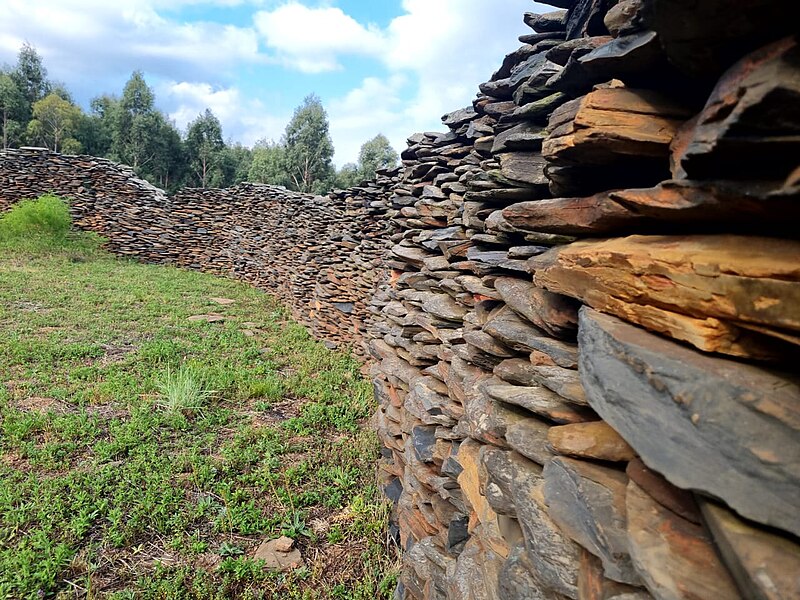
Four lesser-known facts about beautiful Mpumalanga
Mpumalanga is much more than a tourist destination for wildlife and scenic vistas – here are four fun facts you may not know…

Mpumalanga is one of South Africa’s most scenic provinces, famous for its breathtaking landscapes, rich wildlife, and iconic sites like the Kruger National Park and Blyde River Canyon. Beyond these popular attractions however, Mpumalanga holds some fascinating secrets that many visitors often overlook. Here are four lesser-known facts about this province that make it even more intriguing…
1. The Sudwala Caves: Among the oldest in the world
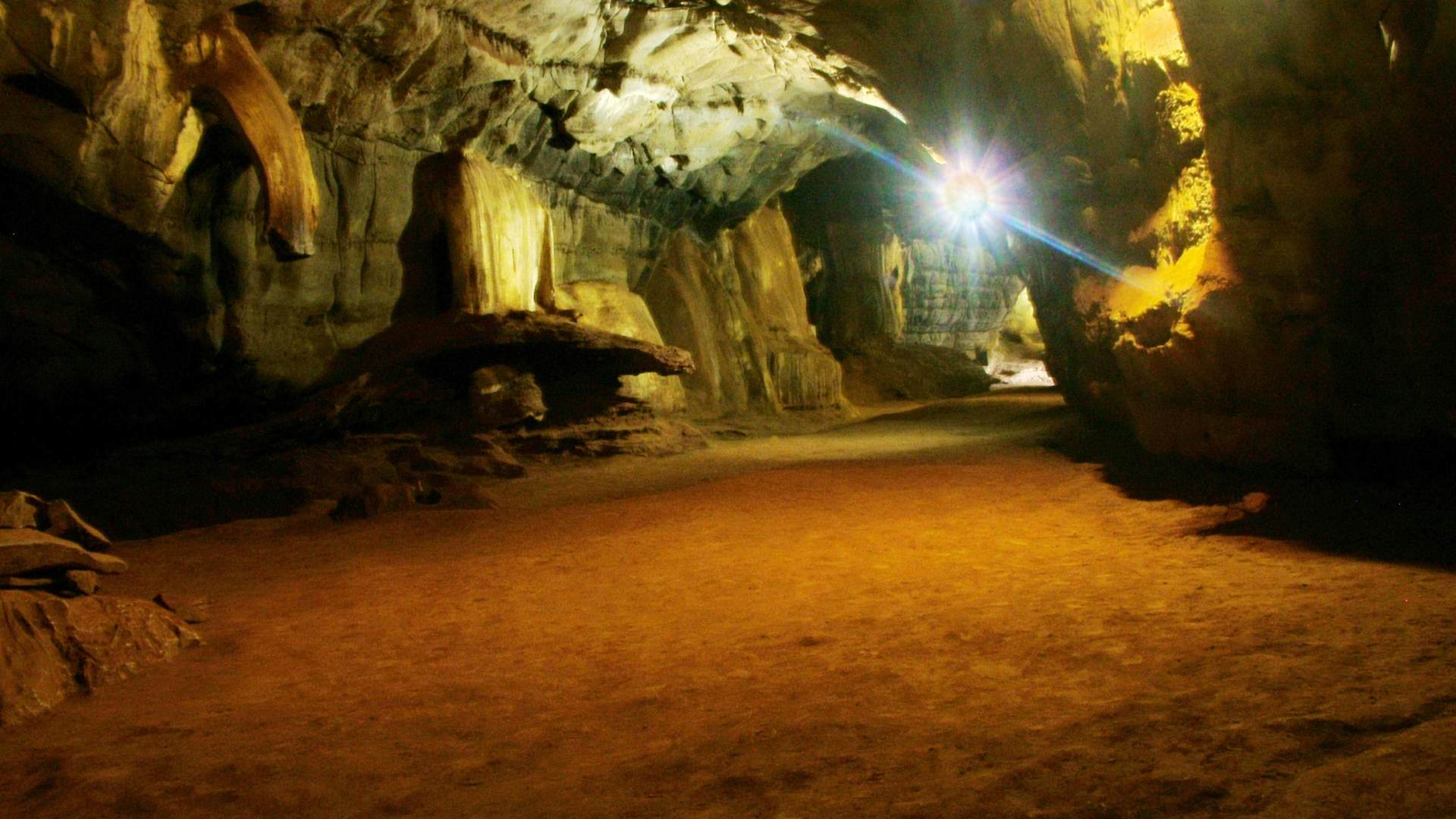
Tucked away in the rolling hills of Mpumalanga lies one of the oldest known cave systems on Earth: the Sudwala Caves. Estimated to be around 240 million years old, these limestone caves were formed long before dinosaurs roamed the planet. The caves offer a glimpse into the prehistoric world, featuring dramatic rock formations and hidden chambers that seem frozen in time.
Beyond their geological significance, the Sudwala Caves also have a rich cultural history. They were once used by the Swazi royal family as a hiding place during tribal conflicts in the 19th century. Today, the caves are open to visitors, who can explore their mysterious depths and discover this ancient natural wonder.
2. World’s oldest known human-made structure: Adam’s Calendar
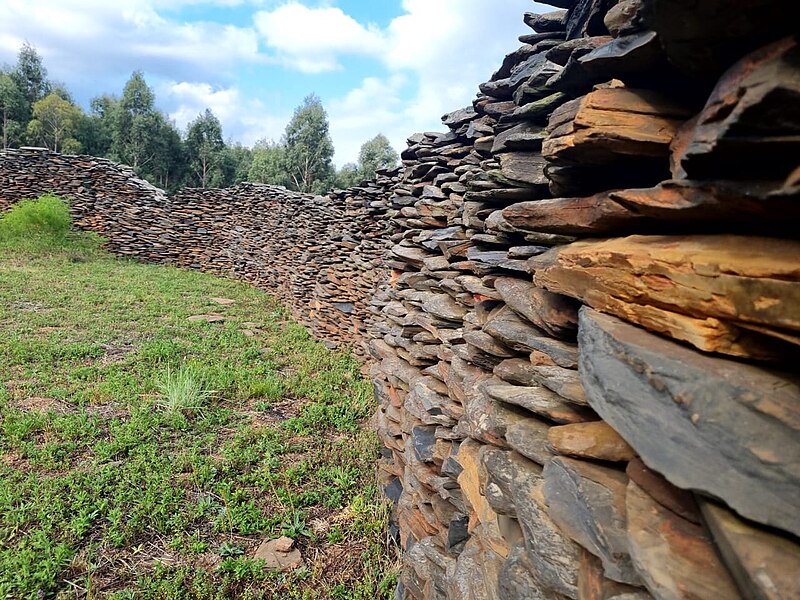
In the heart of Mpumalanga, near the town of Kaapschehoop, lies an enigmatic stone structure known as Adam’s Calendar. Often compared to Stonehenge, this ancient site is believed to be over 75 000 years old, making it the oldest known human-made structure in the world.
What makes Adam’s Calendar particularly fascinating is its alignment with celestial bodies, suggesting that it may have been used as an astronomical calendar by early humans. The site’s stones are arranged to mark solar events such as the equinoxes and solstices, hinting at a deep connection between the ancient inhabitants and the movements of the stars. Though much about Adam’s Calendar remains shrouded in mystery, it offers a glimpse into an advanced ancient culture.
3. The Three Rondavels: Named After a Local Legend
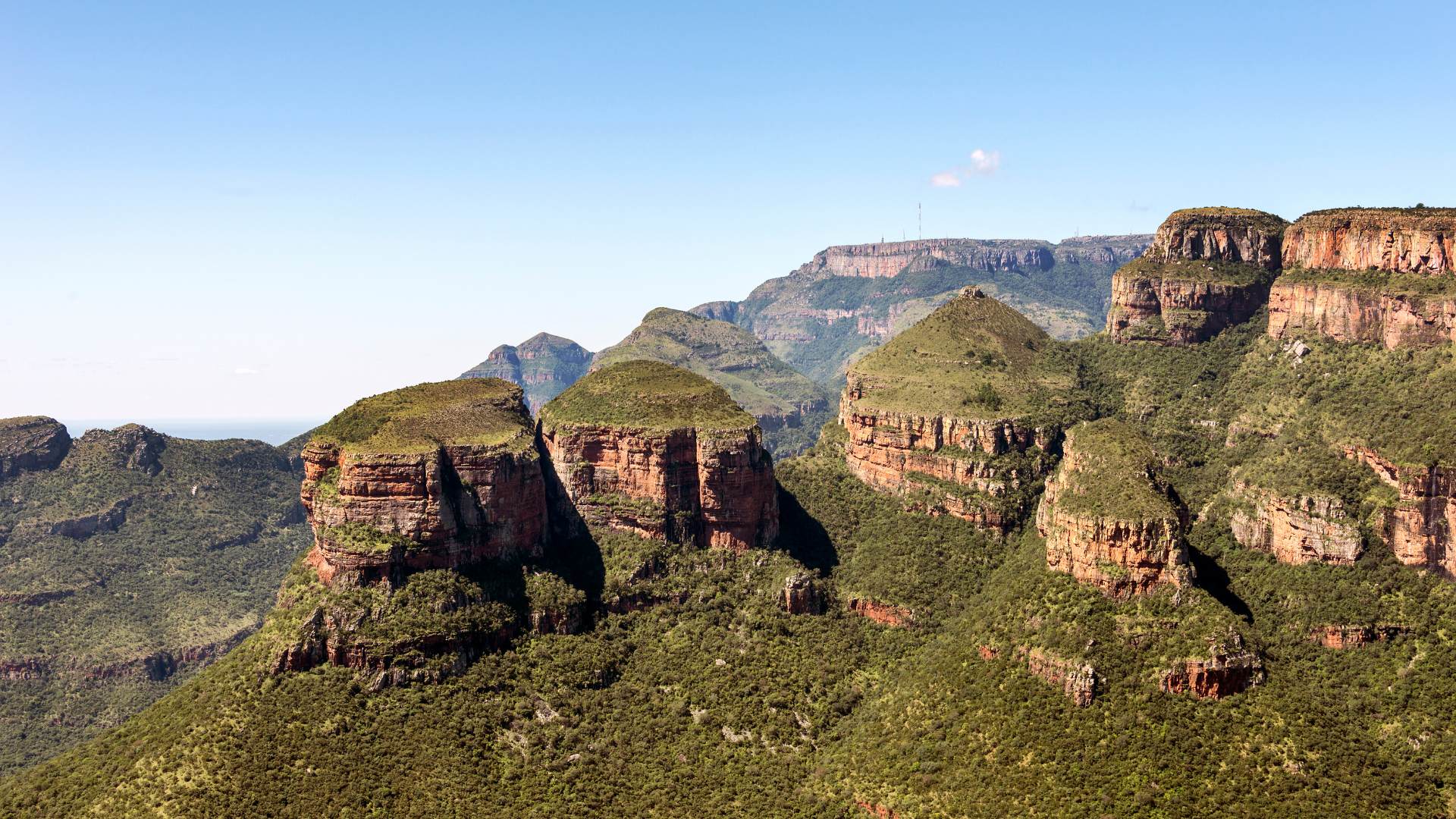
One of Mpumalanga’s most striking natural landmarks, the Three Rondavels, is a unique geological formation located in the Blyde River Canyon. These towering, round, hut-like peaks are named after traditional African homesteads called “rondavels.” However, few people know that these formations are also steeped in local legend.
According to folklore, the three peaks represent the three troublesome wives of a local chief named Mogoladikwe, with the nearby massive peak symbolizing the chief himself. The wives’ stubbornness is said to have been “carved” into the mountains as a reminder of their defiance. Aside from their mythical backstory, the Three Rondavels offer some of the most stunning panoramic views in Mpumalanga, making them a must-see for visitors.
4. The Barberton Makhonjwa Mountains: A UNESCO World Heritage Site
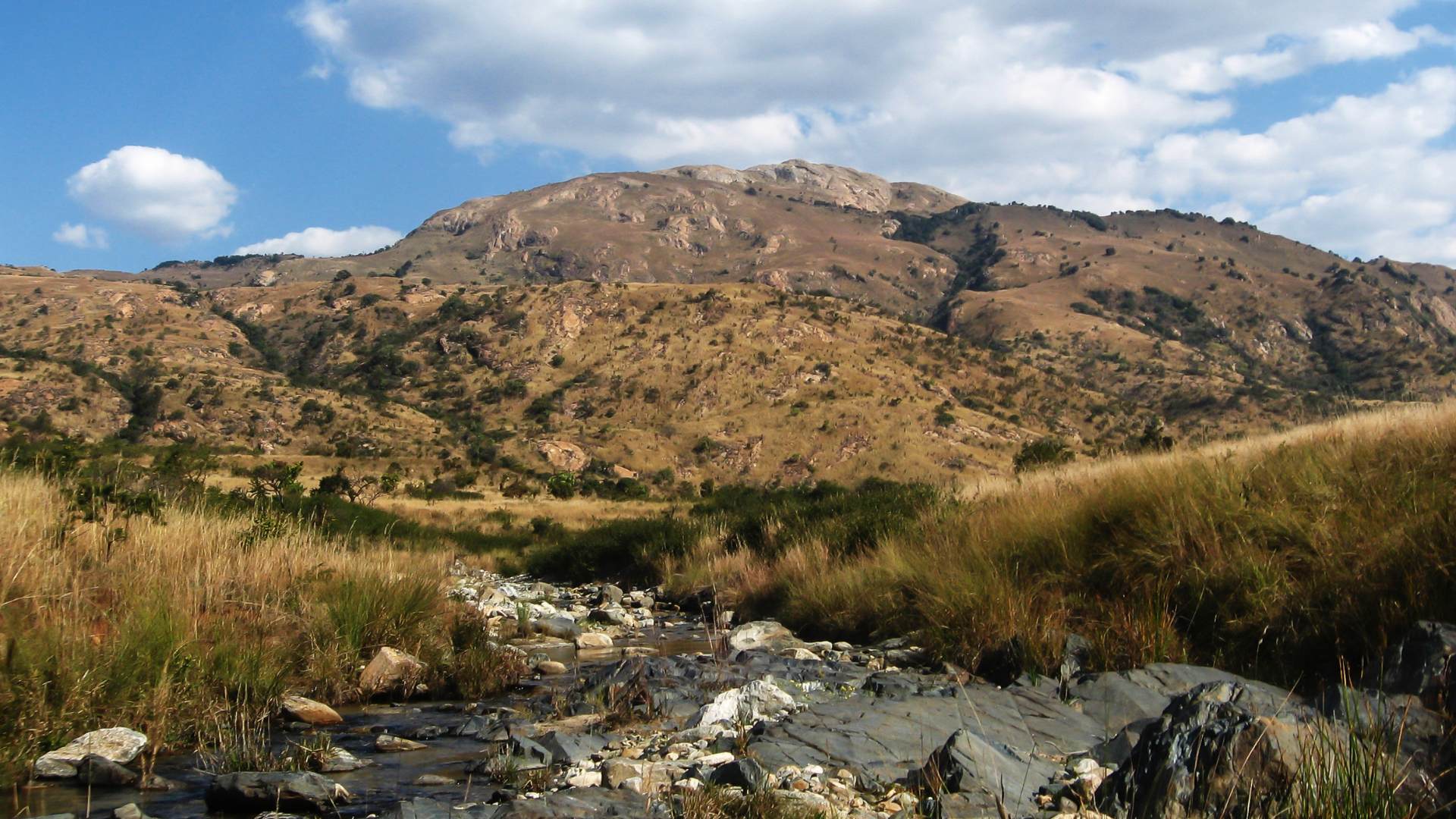
While the Kruger National Park often steals the spotlight, Mpumalanga is also home to the Barberton Makhonjwa Mountains, one of the world’s oldest geological formations. These mountains, recognized as a UNESCO World Heritage Site in 2018, contain some of the Earth’s most ancient rocks, dating back 3.6 billion years.
The rocks in this region provide critical insights into the early Earth, offering evidence of the planet’s formative processes. The area is also known for containing some of the earliest signs of life, with fossilized microorganisms embedded in the ancient rock. The Barberton Makhonjwa Mountains are not just a geological treasure, but also a place of serene beauty, with lush greenery, waterfalls, and rugged terrain that draw hikers and nature enthusiasts alike.